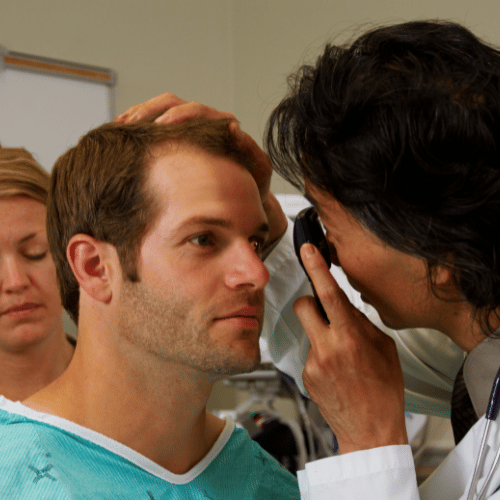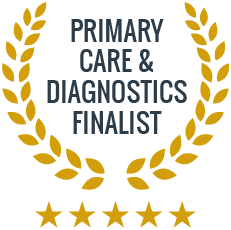
Why Testing AMH Levels Could Be Key to Early Fertility Planning
If you’re thinking about trying for a baby, considering IVF or natural conception, wondering whether now is the time to
Conditions > Eye Problems
Optometrists generally recommend that everyone have their eyes tested approximately every two years. Individuals at higher risk of eye disease should undergo regular eye tests.
If you are concerned about any aspect of your vision, experiencing discomfort or blurred vision, or noticing sudden changes or unusual symptoms, we are here to help.
Our comprehensive eye services are designed to detect and address eye conditions early, often before symptoms fully develop.




Maintaining eye health is essential for preserving clear vision and overall quality of life. It is incredibly important to protect your eyes from common hazards such as UV light, digital eye strain, and poor nutrition.
Regular eye exams are also crucial for the early detection and management of eye conditions. We recommend annual eye exams for adults and more frequent check-ups for those with existing eye issues or risk factors.
Any of the following changes or symptoms relating to your eyes warrant a visit to the doctor, as they could indicate a more serious underlying condition:


As we age, the lens in our eyes becomes less flexible, which can lead to difficulty focusing on close objects, a condition known as presbyopia. This natural part of ageing often requires the use of reading glasses or other corrective lenses to manage.
Another significant concern for older adults is Age-Related Macular Degeneration (AMD), which is a leading cause of vision loss in this age group. AMD affects the macula, the part of the retina responsible for central vision, and can significantly impact daily activities such as reading and driving.
To preserve your vision, early detection and proactive management of these age-related conditions are crucial.


Diabetes can significantly impact vision, potentially leading to serious conditions such as diabetic retinopathy and diabetic macular edema. These complications arise when elevated blood sugar levels damage the blood vessels in the eyes, which can result in vision loss if not properly managed.
In addition to diabetes, high blood pressure can also have a detrimental effect on your vision. Elevated blood pressure can lead to retinal damage and other serious eye conditions. The blood vessels in the retina are particularly vulnerable to the effects of high blood pressure, which can cause changes in vision and potentially lead to significant complications if not addressed promptly.


If you are concerned about your eye health, are noticing symptoms, or have a family history of eye problems, a doctor can help you understand your options. Make an appointment to see us today.
We work with experienced consultants & healthcare professionals who have received positive feedback from our patients, and with whom we have established long-term relationships.
Use our online booking engine or book your test by giving us a call.
On the online booking engine select the “appointment type” you need.
You will be seen by one of our friendly doctors or trained clinicians.
Latest Episode
Tune in to our podcast to explore the world of healthcare and learn from distinguished special guests. We cover everything from preventative measures to cutting-edge treatments so that you can stay informed and up-to-date on health-related things.

If you’re thinking about trying for a baby, considering IVF or natural conception, wondering whether now is the time to

If you travel to London, you may wonder how to access medical care while here. It can be unclear, as

Elevated uric acid is one of the most common findings when patients do a routine blood test with us. This
Subscribe for latest updates & news


From same-day private GP and blood test appointments to visa medicals, a sexual and reproductive health clinic, and preventative health screenings, we are here to help.
Contact Us
Accepted Insurance Companies






Please note that Walk-in Clinic is a private medical centre & not an NHS service. Harley Walk-in Clinic Ltd company registration no. 07472804